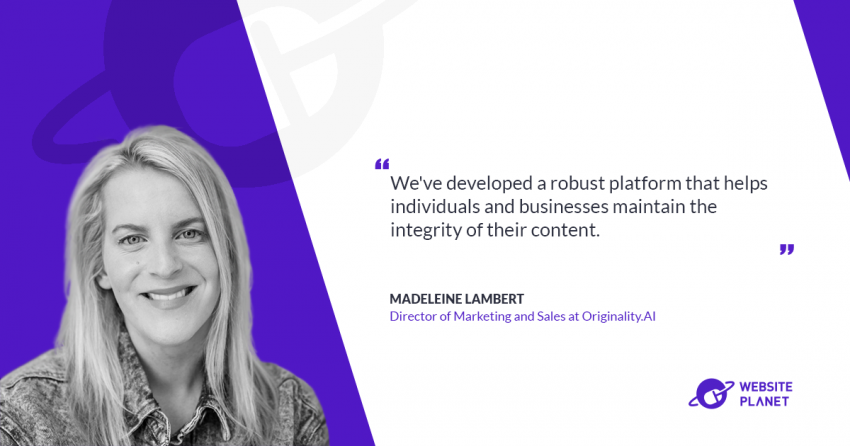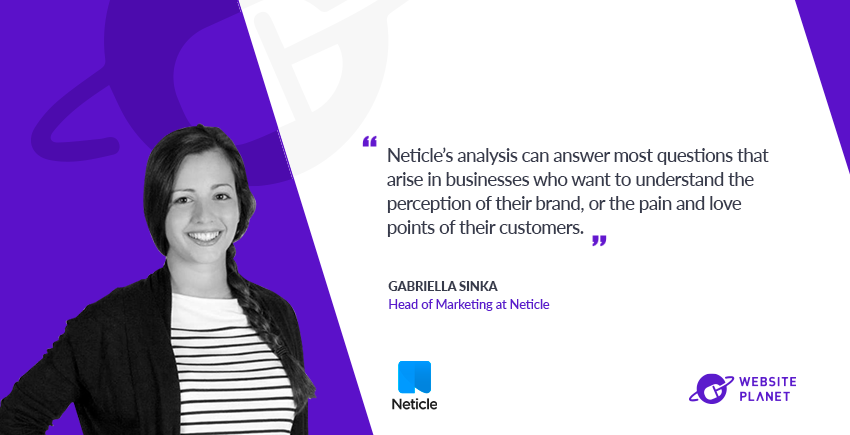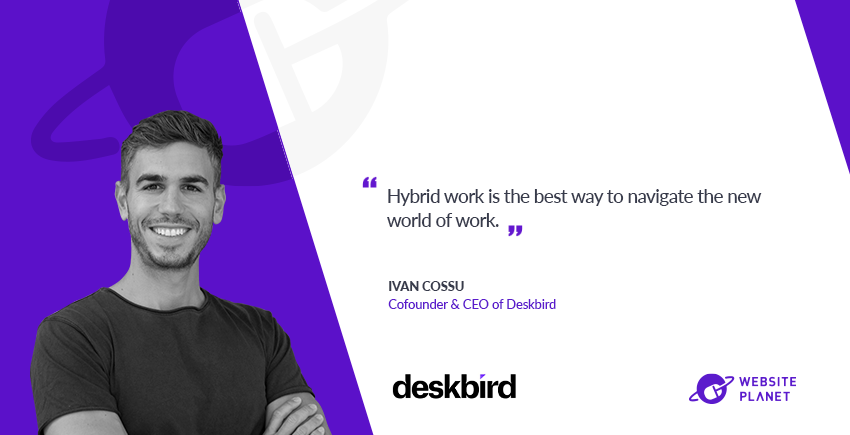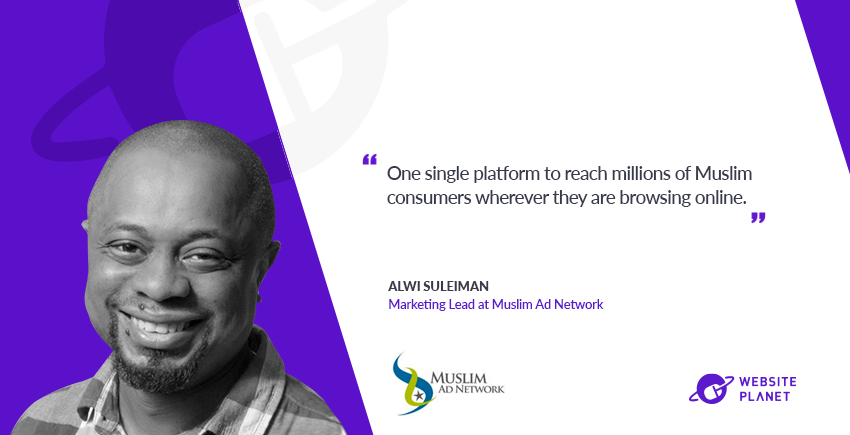Inside this Article
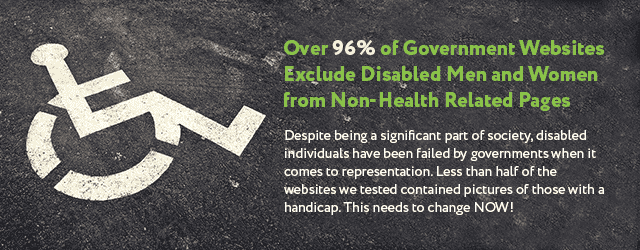 Share on Facebook / Share on Twitter
Share on Facebook / Share on Twitter
 Share on Facebook / Share on Twitter
Share on Facebook / Share on Twitter
 Share on Facebook / Share on Twitter
Out of the 502 websites we explored, only a mere 24 showed photos of disabled people on non-medical pages. However, even these instances came with some notable issues. None of those found were on the website homepage. In fact, most existed in blog posts discussing a specific organization or person. For example, some Brazilian websites did include articles about the Paralympics. However, aside from pages about the Paralympics, there were no mentions or images of disabled individuals on the website. Even this shows the tendency to shun people with a disability by separating them into a different echelon of society.
Share on Facebook / Share on Twitter
Out of the 502 websites we explored, only a mere 24 showed photos of disabled people on non-medical pages. However, even these instances came with some notable issues. None of those found were on the website homepage. In fact, most existed in blog posts discussing a specific organization or person. For example, some Brazilian websites did include articles about the Paralympics. However, aside from pages about the Paralympics, there were no mentions or images of disabled individuals on the website. Even this shows the tendency to shun people with a disability by separating them into a different echelon of society.
The Global Spread of This Exclusion Crisis
Glancing at these figures, you may assume it’s countries with lower economic status and reduced human rights that are guilty of this online prejudice against the disabled. However, the spread of the results tells a different story. No pattern exists that determines why the representation of the disabled is globally so low.Those who do boast some inclusion include:
- Superpowers such as Russia and the USA
- South American countries: Chile, Brazil, and Argentina
- Japan, Myanmar, India, Malaysia, and Hong Kong in Asia
- Canada and Australia.
Metrics VS Morality
After establishing the reality of this problem, the next step is that we must ask ‘why?’ Why is this clear exclusion of a vast segment of society occurring? Are governments acting out of sheer prejudice, or is there a more nuanced explanation? The answer may lie in marketing. State-run websites – like any websites – are powered by metrics. Webmasters tirelessly review stats to ensure their domain is reaching as many people as possible. Herein lies the potential problem when it comes to representation.Reason #1: Catering to the Majority
It’s true that most countries have what can be described as a ‘social norm’ – a stereotyped idea of how the average citizen looks. When creating content that aims to resonate with a wide audience, it’s sensible to aim for this social majority. Whether this refers to race, hair color, size or – as in this case – abilities and disabilities, it’s a common problem that can quickly isolate those in minority groups.Reason #2: Fewer Conversions
Somewhat similarly, disabled individuals could be left out of website photos thanks to the domain review process. If government organizations perform A/B tests on their site, it may be the case that images of disabled individuals encourage fewer conversions and, therefore, reduce the perceived success of the web page. However, local authorities have a responsibility to their citizens. Eradicating representation for a large chunk of society is an inexcusable trade for improved website metrics.Reason #3: Supply & Demand
Governments globally have a responsibility to affect the public narrative. Arguing that there is no demand for better representation in images is superfluous, as it’s these decisions that dictate what society finds acceptable. Normalizing the use of diverse photographs, including individuals from all walks of life, is the only way to create an expectation for inclusion. Right now, we are so used to seeing a narrow representation on state websites that users aren’t even aware of the problem. The aim should be to create a demand for equal representation, not to bend to the systemic prejudices already in place. Read here how to make your website more disability-friendlyThe Role of Stock Photo Websites
While governments have a responsibility to vet their websites for this problem properly, the fault doesn’t lie entirely with them. Most photos online come from stock photo sites such as Shutterstock. These domains offer royalty-free images that companies can use without fear of copyright infringement. The search features on these sites unintentionally dictate the aesthetics of most of the web. If pictures of disabled people don’t exist or aren’t tagged under the right keywords, then content creators won’t use them on their web pages. To test this theory, we searched a variety of different keywords – including ‘happy person,’ ‘person smiling,’ and ‘happy face.’ None of these popular tags featured photos of disabled individuals. Despite scrolling through numerous pages, we were unable to unearth any examples. If you look at these stock photos, an idea emerges – only able-bodied people can be happy, and there is no such thing as a “happy disabled person.”
However, a quick search of ‘person in wheelchair’ revealed that plenty of images of happy disabled people do exist – so what’s the problem?
Despite scrolling through numerous pages, we were unable to unearth any examples. If you look at these stock photos, an idea emerges – only able-bodied people can be happy, and there is no such thing as a “happy disabled person.”
However, a quick search of ‘person in wheelchair’ revealed that plenty of images of happy disabled people do exist – so what’s the problem?
 A quick review of the tags along the bottom quickly highlights the issue.
A quick review of the tags along the bottom quickly highlights the issue.
 Despite the fact this woman is happy and smiling, the keywords linked to the photo revolve solely around her disability and age. Because of this, the picture won’t ever show up in general searches and is unlikely to be used on non-medical web pages.
She only exists as a medical condition. She’s only an older, disabled woman…an invalid even according to these tags!
To enhance the elaboration, we aimed to conduct a test. We selected eight well-known stock photo websites and entered the search term “happy people.” Our objective was to determine the duration required to reach an image of a content disabled individual.
* Please note, if nothing was found past page 5, we stopped looking. No one really looks past page 5.
Despite the fact this woman is happy and smiling, the keywords linked to the photo revolve solely around her disability and age. Because of this, the picture won’t ever show up in general searches and is unlikely to be used on non-medical web pages.
She only exists as a medical condition. She’s only an older, disabled woman…an invalid even according to these tags!
To enhance the elaboration, we aimed to conduct a test. We selected eight well-known stock photo websites and entered the search term “happy people.” Our objective was to determine the duration required to reach an image of a content disabled individual.
* Please note, if nothing was found past page 5, we stopped looking. No one really looks past page 5.- Shutterstock: No
- Deposit Photos: No
- Stock Unlimited: No
- iStock: pg. 5 (1 image)
- Adobe Stock: No
- Big Stock: No
- Pexels: No
- Getty: No
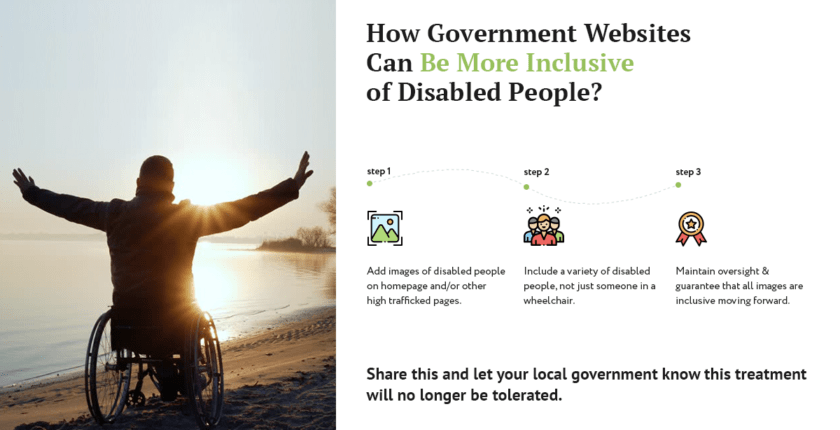 Share on Facebook / Share on Twitter
We urge all photo stock services to ensure disabled people are labeled properly and fairly. If they are happy, make sure to label them as such!
Share on Facebook / Share on Twitter
We urge all photo stock services to ensure disabled people are labeled properly and fairly. If they are happy, make sure to label them as such!
Government Websites Have a Responsibility to Promote Inclusion: A Guide
The statistics regarding representation of the disabled on government websites are worrying, but the real issue is the scope of the problem. While liberal first-world countries still fail to provide visibility for disabled citizens, little hope exists in creating a universal solution. Ableism is rife in society, and while government organizations purport it, this unfair prejudice will never change.It’s easy to cast aside these issues a meaningless, but it’s undeniable that media has an incredible effect on how we see the world. Shunning valuable factors of society from these outlets is equally as destructive as excluding them in the real world. We have a responsibility to ensure disabled people, and other minorities, are given the visibility they deserve. Here’s what government websites need to do:
- Add an image that includes a person with a disability on the homepage or a heavily trafficked page.
- Do not just include people who are in a wheelchair, but also include the hearing impaired and blind.
- Maintain oversight to ensure men and women from all the different parts of the community are included.
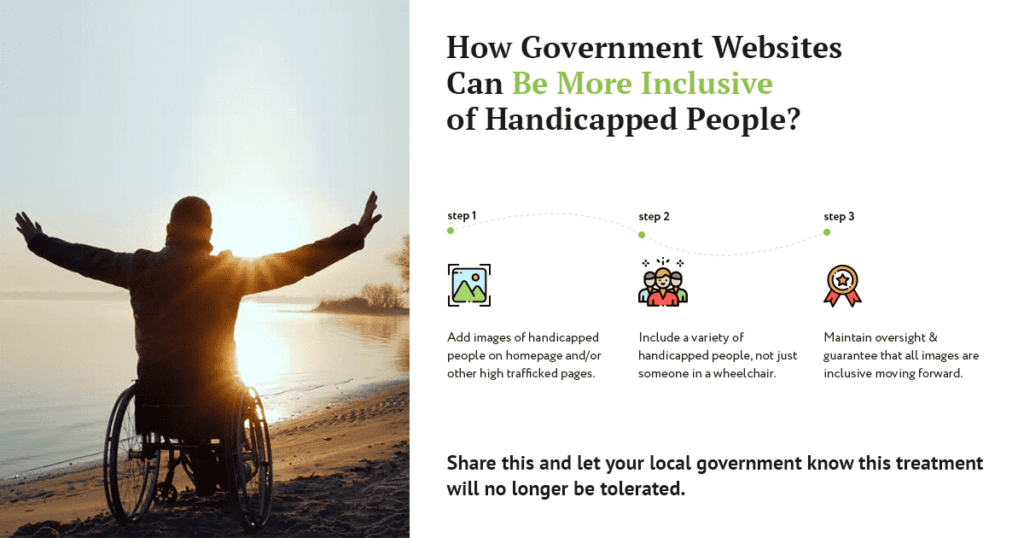 Share on Facebook / Share on Twitter
Share on Facebook / Share on Twitter
What Can You Do?
Let your local government know that this type of treatment will no longer be tolerated. In a world where we need to be inclusive of individuals from all walks of life, this can no longer continue.- Share this article on Facebook, tweet it on Twitter – let other people know what is going on.
- If you have a website, include images of disabled people in NON-disability related stories, like what we did here.
- Add the following banner to your website with a link to the article






